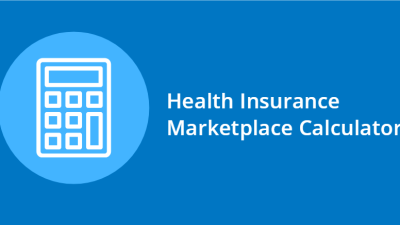 2019 Health Insurance Marketplace Calculator
Interactive
2019 Health Insurance Marketplace Calculator
Interactive
The Health Insurance Marketplace Calculator, updated with 2019 premium data, provides estimates of health insurance premiums and subsidies for people purchasing insurance on their own in health insurance exchanges (or “Marketplaces”) created by the Affordable Care Act (ACA). With this calculator, you can enter your income, age, and family size to estimate your eligibility for subsidies and how much you could spend on health insurance.